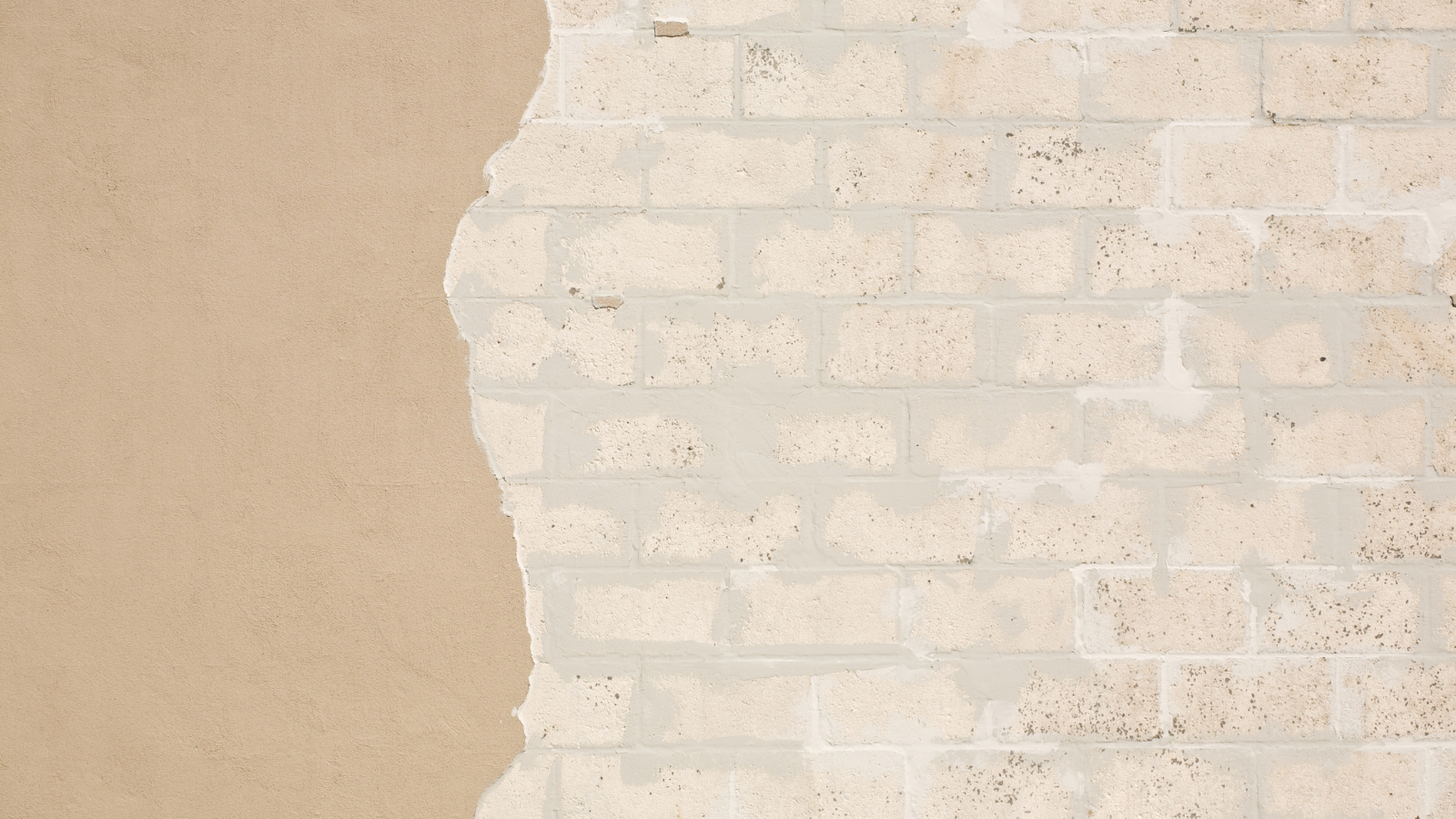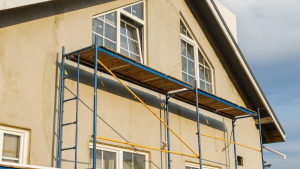For a long time, stucco has been praised as a classic and adaptable home exterior finish. With modern advancements in materials and techniques, homeowners can now access a diverse range various hues and textures to complement their individual taste and architectural preferences. In this blog post, we’ll explore the top stucco textures, how to blend textures and colors for a cohesive look, the process for changing stucco texture, and the various types of stucco available today. Get inspired by the latest styles and ideas for giving your home’s exterior a fresh, updated appearance.
Ready to start your next home improvement project? Contact CMB Wayne Stucco & EIFS Whether you prefer to write or call, we’re here to offer a free consultation and answer any questions you may have.
Choosing the Best Stucco Texture
The best stucco texture for your home depends on your design preferences and architectural style. Here are some popular textures to consider:
- Smooth Finish: This sleek, modern texture offers a clean and refined look, making it ideal for contemporary homes. It can be painted in any color to achieve a polished appearance.
- Sand Finish: Float finishes are another name for this texture features a sandy, grainy surface. It’s a classic choice that works well with various architectural styles, providing a subtle, elegant finish.
- Lace Finish: With its lace-like pattern, this texture adds depth and visual interest. It’s particularly suited for traditional and Mediterranean-style homes.
- Dash Finish: Created by splattering stucco onto the wall, this rough texture is perfect for rustic and Southwestern-style homes.
Combining Textures and Colors for a Harmonious Look
Mixing textures and colors can enhance your home’s exterior and create a visually cohesive design. Here’s how to achieve the perfect combination:
- Select a Base Texture: Choose a primary texture that complements your home’s architectural style. For instance, a smooth finish might be best for a modern home, while a sand finish could be ideal for a classic look.
- Add Accent Textures: Apply different textures to accent areas such as columns, arches, or window trims to add depth and visual interest.
- Choose Complementary Colors: Opt for a color palette that enhances your home’s style and environment. Timeless neutrals like beige, gray, and white work well, while bold colors like terracotta and deep blue can make a striking statement.
- Consider Light and Shadow: Different textures interact with light and shadow uniquely. Think about how sunlight affects your home throughout the day and select textures that highlight these natural changes.
Changing the Texture of Stucco
Altering the texture of stucco involves a few key steps and some expertise. Here’s a simplified guide:
- Preparation: Clean the stucco surface thoroughly and repair any damage or cracks to ensure a smooth base for the new texture.
- Apply a Bonding Agent: Use a bonding agent to help the new stucco layer adhere to the existing surface.
- Apply the New Stucco Layer: Spread a fresh layer of stucco over the existing surface, using various tools like trowels, brushes, or sprayers to achieve the desired texture.
- Cure and Paint: Allow the stucco to cure correctly, which may take several days. Once cured, paint it in your chosen color to complete the transformation.
Types of Stucco: Color and Texture Options
Modern stucco options offer various colors and textures to suit any style. Here are some types to consider:
- Traditional Stucco: Made from cement, sand, and lime, this durable type has a natural, earthy appearance. It comes in various textures and can be painted in any color.
- Synthetic Stucco (EIFS): This contemporary option features a multi-layered system, including a foam insulation board and a synthetic finish. It offers high customization with various textures and colors.
- Acrylic Stucco: Known for its flexibility and resistance to cracking, acrylic stucco is available in many colors and can be applied in different textures.
Conclusion
Exploring new color and texture possibilities for stucco opens up design opportunities for your home’s exterior. Whether you prefer a smooth, modern look or a textured, traditional finish, there are countless ways to customize stucco to reflect your style. By thoughtfully combining textures and colors, you can create a space you’ll love for years. Embrace the versatility of stucco and let your creativity shine as you transform your home into a true masterpiece.
Ready to start your stucco transformation? Consult with an expert to determine the best options for your home and bring your vision to life with the latest stucco finishes.


